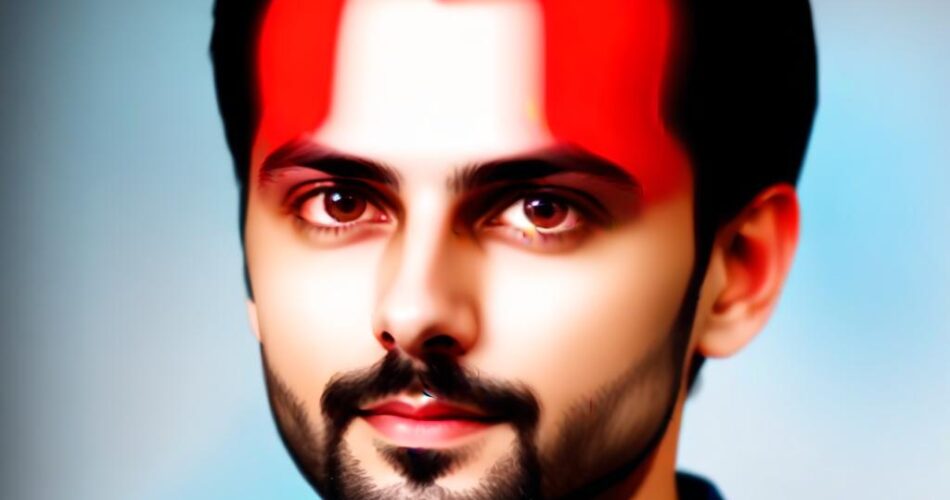In 2021, Andrej Karpathy, then Director of AI at Tesla, delivered a thought-provoking talk titled “The State of Computer Vision and AI.” This talk, now a classic, presented a compelling overview of the field, highlighting both its triumphs and its limitations. As we move into 2023, revisiting Karpathy’s insights offers a valuable lens through which to assess the progress made and the challenges that remain.
The Triumphs of Deep Learning: Karpathy emphasized the remarkable success of deep learning in computer vision. Algorithms like convolutional neural networks (CNNs) had revolutionized image classification, object detection, and image segmentation. These advancements fueled the rise of self-driving cars, medical image analysis, and even artistic applications like image generation.
Since then, the field has continued to advance. Generative models like DALL-E 2 and Stable Diffusion have emerged, capable of producing photorealistic images from text prompts. These models showcase the potential of AI to not only understand but also create, blurring the lines between reality and imagination.
The Limitations and Challenges: Karpathy also pointed out the limitations of current approaches. He highlighted the black-box nature of deep learning models, their susceptibility to adversarial attacks, and their reliance on massive datasets. He emphasized the need for models that are more robust, interpretable, and data-efficient.
While progress has been made in addressing these challenges, they remain significant. The development of explainable AI and the exploration of alternative learning paradigms, such as federated learning and few-shot learning, are crucial for advancing the field.
The Importance of Embodied AI: Karpathy argued for the importance of embodied AI, where systems learn through interaction with the physical world. He believed this approach could lead to more robust and generalizable AI systems.
This vision has gained momentum in recent years. Robots equipped with vision and manipulation capabilities are increasingly being used in research and industry. The development of embodied AI systems holds immense potential for addressing real-world problems, from manufacturing to healthcare.
The Future of Computer Vision and AI: Looking forward, Karpathy envisioned a future where AI would be able to understand and reason about the world in a way that is closer to human intelligence. He emphasized the need for AI systems that are more adaptable, creative, and capable of learning from fewer examples.
This future is still being shaped, but the progress made in areas like multi-modal learning, where AI systems can learn from different types of data, including text, images, and videos, suggests that we are moving in the right direction.
Revisiting Karpathy’s insights in 2023 reinforces the dynamism of the field. While significant progress has been made, the challenges remain substantial. The future of computer vision and AI will depend on our ability to address these challenges and to develop systems that are more robust, efficient, and capable of understanding the world in a way that is closer to human intelligence. Karpathy’s vision serves as a valuable guidepost for the journey ahead.
